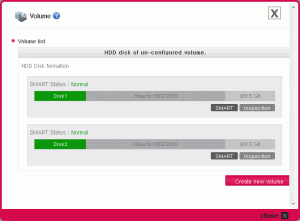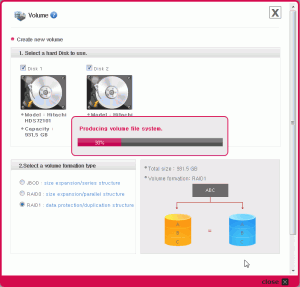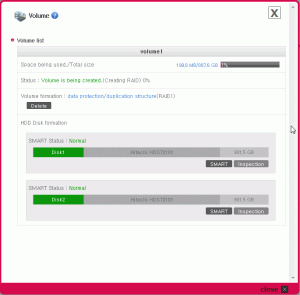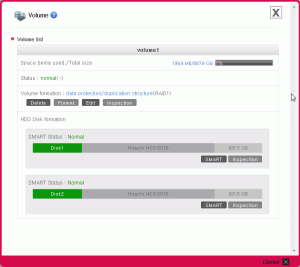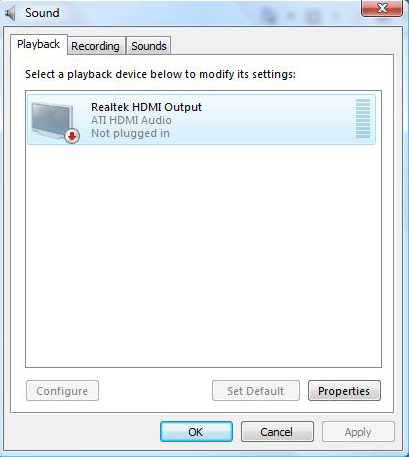Several of years ago, when working for a now defunct company, a customer wanted to add a forum to his website. That’s easy the boss said, and a colleague duly installed one of the many free to use forums. As we weren’t managing the forum beyond the installation of the software, we paid little or no heed to the initial configuration of the forum. As a casual forum visitor, I guess I assumed that starting up a forum would just as easy as using it.
I was wrong. In the last couple of weeks, Calzada Media has been working towards the launch of a new online forum for the local cricket community called LegStump. LegStump is all about building online cricket communities between the grass roots supporters and players: the local village and community teams who play cricket for simple enjoyment.
It would have been easy to upload any forum software and then configure it on the hoof. Such an approach doesn’t mean you’re doing anything especially wrong but you are lining yourself for some potentially big problems in the future.
So, we took the other road and took our time applying the normal Calzada project management processes. Only when we were happy with a version of the forum running on our development servers, did we even consider moving it into the live environment.
With our experience fresh in the memory, here are our recommendations for those, like us, starting our with their first forum:
Choose your forum software wisely
This will be your biggest and most important choice. Once you have deployed a forum, migrating to a different software package is a challenging prospect, not only for you, but also for your members.
Based on our experience, we advise:
- Be aware of your limitations and knowledge – For example, don’t use a Perl based forum if you have never used Perl.
- Taken into consideration the hosting platform upon which you will run your forum. If you already have web hosting, then bear in mind your package’s functionality and capabilities. If you don’t have hosting, you do need to consider potential hosting costs.
- Look for a consistent and high quality user experience for all grades of members.
- Can the forum software be extended? Are there a good range of modifications, plugins and themes available?
- How easy and capable are the forum’s management capabilities?
Whatever software you choose, be sure to evaluate the software prior to deployment. With LegStump, there were a number of forums we liked but it was through testing and evaluation we narrowed down our choice to MyBB.
Prepare and publish your rules, guidelines and legal notices
This is an area that often overlooked. Without stated rules and guidelines, you run the very real risk of losing control of the discussions and content on your forum. You should not only clearly define your forum’s rules and guidelines, but also place them at a location where everyone including non-members can read them.
At LegStump, we currently operate under four principal legal documents:
It is also worth noting that these rules and guidelines apply to all users irrespective of their roles or positions within the forum.
Design
The wrong design or theme will drive members away as quickly as the improper choice of forum software. You chosen design should:
- Reflect the tone of your forum’s content
- Be easy on the eye – no big clashes of colour
- Not unduly affect the performance of the software
Enhance the capabilities of your forum with plugins
Do check out the range of modifications or plugins that are available for your chosen forum software. You may be surprised just what are available and how they will enhance your forum.
With LegStump, we have utilised nearly 10 mods to improve both the user experience and also management capabilities.




